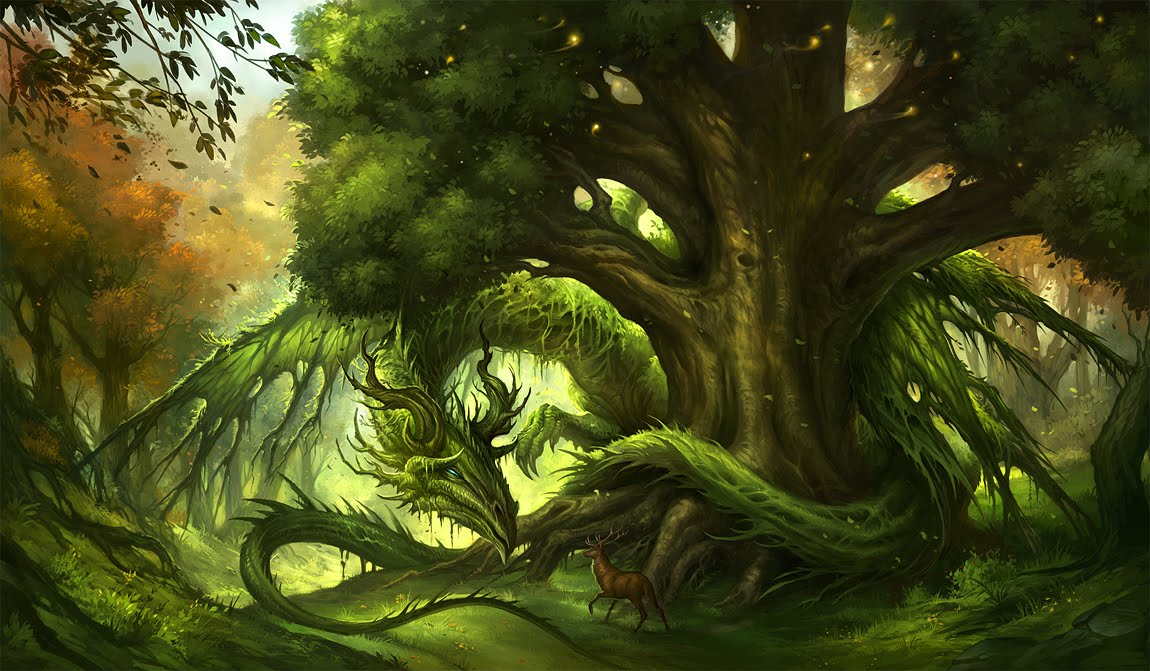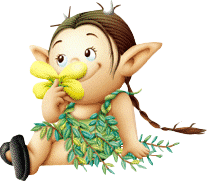There is another group of folks that believe that a healthy head of hair begins with
a healthy scalp. Also Cold and hot temperatures, stress and hair products can create
an imbalance of the levels of moisture in your natural oils of your hair and scalp.
They feel by using their product the hibiscus flower you will refresh your
scalp so that it will add a luster to your hair and you will have no more dandruff or
itchy scalp. The ingredients; pour 12-ounce of boiling water over 1 tablespoon of your
dried hibiscus flowers in a heatproof measuring cup or large mug. Then Cover
the mug with your saucer to allow it to steep for 10 to 15 minutes.
After it has steep for at least 15 minutes or more, let your tea completely cool, pour
over your freshly washed and conditioned scalp and hair. Style and usual, rinse
with cool water until the water runs clear. From what I found from these folks you continue
to do this treatment until your hair, scalp fill healthy . So you might give it a try!
~About the Hibiscus Flower~
The Hibiscus (Hibiscus Sabdariffa) has been used to treat high blood pressure
in both Africa and Asian Traditional medicines. In 1996, it is said that researchers in
Nigeria confirmed this age-old wisdom by showing that the hibiscus flower does
reduced blood pressure in laboratory animals; note lets hope the animals were harmed!!!
Soon after it seems that the researchers in Iran showed the same
benefits with their folks too.
Even in Mexico they have found that the Hibiscus Flower - brewed from
10 grams of the crushed dried flowers which is about 5 teaspoons per
1 to 2 cups of water once a day. They say do this for about four weeks; then you
should see that the herb/dried flowers buds will have done as well as your
prescription drug that you take for your blood pressure.
In Mexico there was an study of two groups of people; 1-group used the
Hibiscus Tea 2-group used their regular meds. Both groups had a 11% drop in
their blood pressure even the ones that just used the Hibiscus Tea. So it kinda
make you think! However, with all medications, allergies, reactions to medications,
you should always talk to your doctor about this First!
~
Growing Your Own Hibiscus Flower~
The Hibiscus is a perennial Flower tropical plant, so you all may think that
growing these beauty,s would be limited to the warmer climates of the world or
Hawaii. Well not so! There are other places you can grow these beauty's!
In the United States; there is Southerner Exposure Seed Exchange in Mineral, Va;
For American growers the 'Thai Red Roselle' is an variety of the Hibiscus
which thrives as an annual as far north as New Jersey.
These beautiful flower have dark green leaves that develop red veins and undersides
as they age. The stems and branches are also dark red.
The temperate Zones of these beauty's variety. You should started your
Hibiscus flowers in Pots just like your would your starter tomatoes. When the
Seedling are about 3 to 5 inching high you can transplant into a sunny place in the
ground if you like. However, you can keep them in Pots like I would. If you would
rather keep them in the ground, find a sunny spot, spare your new plants 3 feet
apart in rows 5 feet apart. This variety will help with growth, also use organic
soil to help with your plants. Delay the planting to late in the season
may make it so the Hibiscus wont bloom within that year.
~
More Help In Growing the Hibiscus Moscheutos~
More commonly called the Hardy hibiscus and sometimes called
'rose mallows' or 'swamp mallows.' Yet my personal preference of calling it
'
The Hibiscus Flower'
I love this flower because it reminds me of my family in Hawaii, and all tropical Island
type of places. It is a beautiful flower that the hummingbird and bees love and they come
in so many different colors too. And what I just discovered in writing this post today
that they can be helpful in health issues too!
~Plant Type~
Although hardy hibiscus plants are woody in summer and function as sub-shrubs in the landscape, their stems can die back to the ground in winter, making them technically herbaceous perennials.
~
Characteristics of the Plant~
Bloom size can reach 10 inches for such cultivates such as ‘Galaxy’. Even cultivates with smaller blooms still produce impressive, saucer-size flowers. While each bloom lives only a day or two, they are quickly replaced by newcomers.
~
Hardiness Zones~
The species plant is indigenous to eastern North America. Hibiscus moscheutos cultivates can be grown in planting zones 4-9.
~
Light Requirements~
Plants thrive in full sun and in an average-to-wet soil.
~
Plant Care~
Make sure plants are adequately watered. Because the blossoms are so large deadheading is recommended after blooming.
~
Many different Uses for the Hibiscus Flower~
Hardy hibiscus plants will typically bloom in late July or early August in northern climates here in the Seattle bloom in late July). This feature makes them valuable specimen plant in landscaping plans that strive for spring-to-fall color, since fewer flowering shrubs bloom at this time. The species plant is a wetland plant, and hardy hibiscus flowers can be treated as plants for wet soils. This makes them useful around water features. Hibiscus can also be used to attract butterflies/hummingbirds too.
~
Many different kinds~
There are many different kinds of the Hibiscus Flower
They come in a vary of size, color and leaf shape too. There are;
Pink, lavender,red, white, yellow, Orange and even some are
mixed colors too.
~
Soil Conditions~
The hibiscuses require a rich, well-drained soil that stays moist. They will survive in a normal soil with additional watering. Because of their ability to withstand boggy soils, hardy hibiscuses are often used as a necessity in landscapes where the lawn holds additional water, such as low spots or around water features.
~
Maintaining your Hibiscuses~
The Hibiscus with its long stems and beautiful flowers will die off
in the winter, but their roots will send up new shoots the following spring.
You might want to cut the tall stalks in the late fall or early spring if
you don't enjoy looking at the bare stalks sticking above the grass during the winter.
































